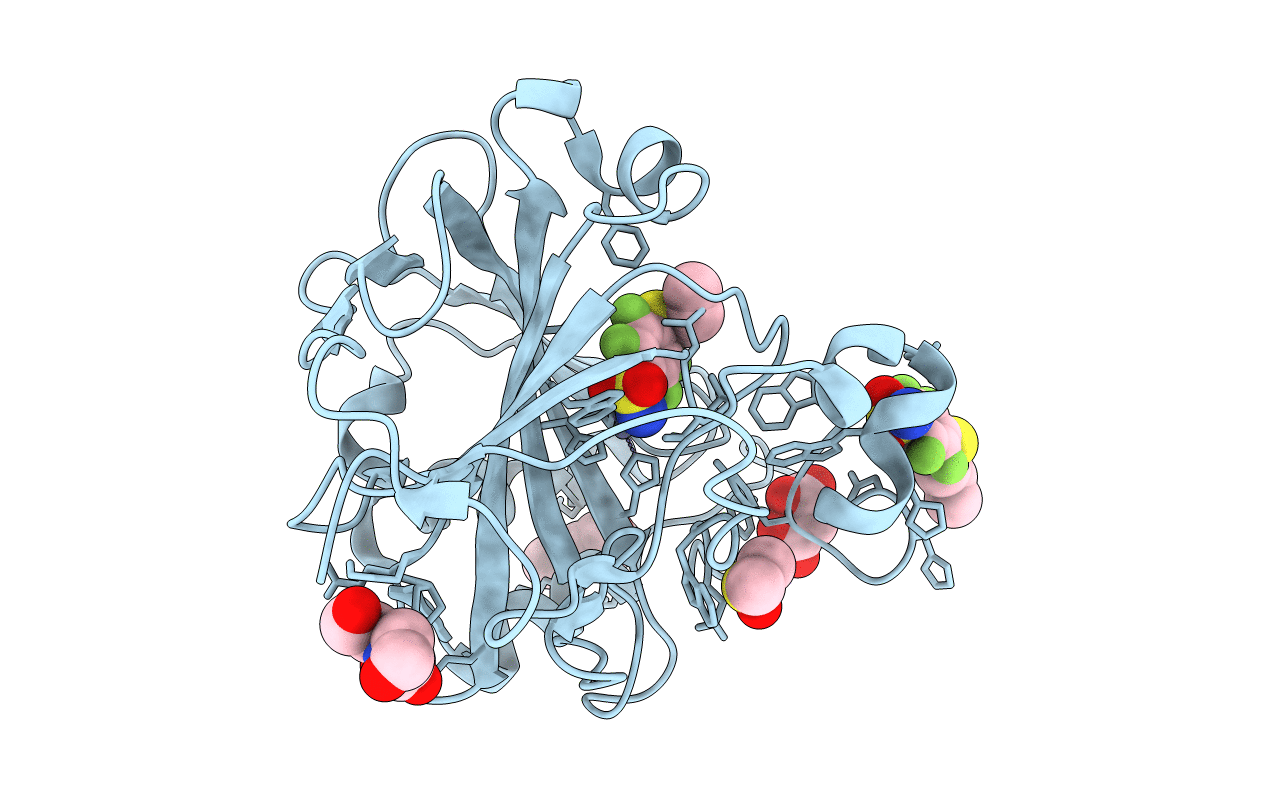
Deposition Date
2014-11-10
Release Date
2015-07-01
Last Version Date
2024-01-10
Entry Detail
PDB ID:
4WW6
Keywords:
Title:
Crystal structure of human carbonic anhydrase isozyme II with 2,3,5,6-Tetrafluoro-4-(propylthio)benzenesulfonamide
Biological Source:
Source Organism:
Homo sapiens (Taxon ID: 9606)
Host Organism:
Method Details:
Experimental Method:
Resolution:
1.06 Å
R-Value Free:
0.15
R-Value Work:
0.12
R-Value Observed:
0.13
Space Group:
P 1 21 1


